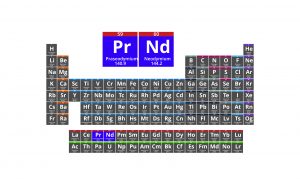Understanding the complex international supply and demand market for nickel, in particular the impact of cumulative supply, is essential to understanding the current position of the commodity and where it is going.
Speaking in the opening session of Paydirt’s Australian Nickel Conference, IGO Ltd Acting Chief Executive Officer Matt Dusci said there was no doubt the market was in a period of surplus and that surplus was largely driven by Indonesia.
He said ultimately the market would transition from the current period of over supply into a period of deficit driven by electric vehicle demand.
“That new supply is required from about 2026 onwards, and it gets accelerated as demand for EV batteries pick up,” Mr Dusci said.
“Ultimately, nickel needs about 1.5 million tonnes of new resources by 2040 – there is a significant deficit coming.”
There has been a rapid ramp-up of supply coming out of Indonesia. In 2015, Indonesia represented only about 2 per cent of global supply, whereas currently Indonesian supply represents about 45 per cent of global supply.
“What we see out of Indonesia is a lot of class two nickel, which is displacing class one nickel into stainless steel.
“What we are also seeing is Indonesia being diversified and diversifying their products, so we are starting to see a merge between class one and class two.”
This merging of nickel products in Indonesia is being driven by the build-out of high pressure acid leach processing capacity in the country.
“So, we are seeing more diversified product coming out of Indonesia, filling both class one and class two demand.
“That’s only part of the story when you are looking at nickel metal. What we find is you still end up with a bifurcation of market, you still end up with a two-tiered pricing market.”
That two-tiered pricing market is driven by a number of complex factors including supply chain security, ESG risks, carbon intensity and ultimately how nickel gets into the battery supply chain as well as government incentives.
“It doesn’t mean that we still don’t see strong premiums, strong demand and strong interest in nickel out of Western Australia highly linked to alternative supply chain routes.”

Acting Chief Executive Officer for IGO Ltd, Mr Matt Dusci

